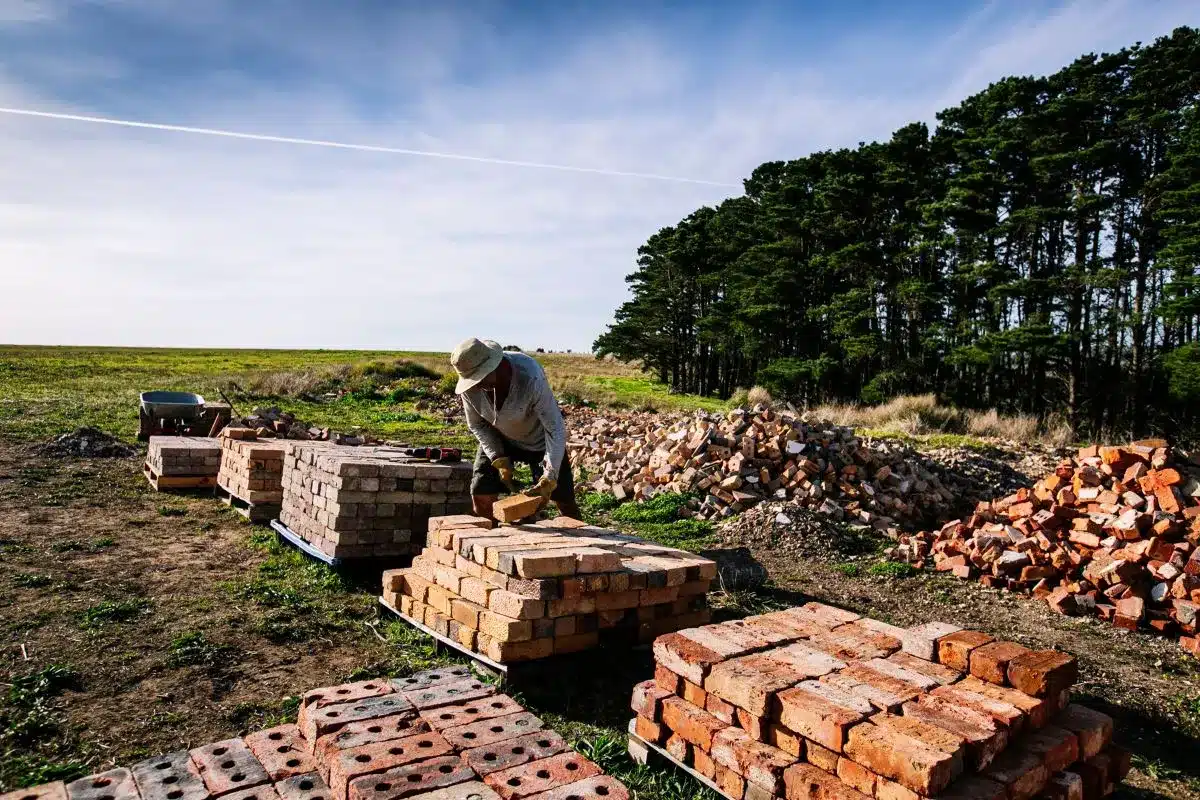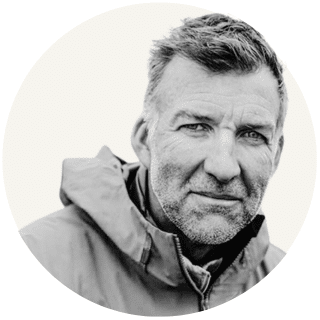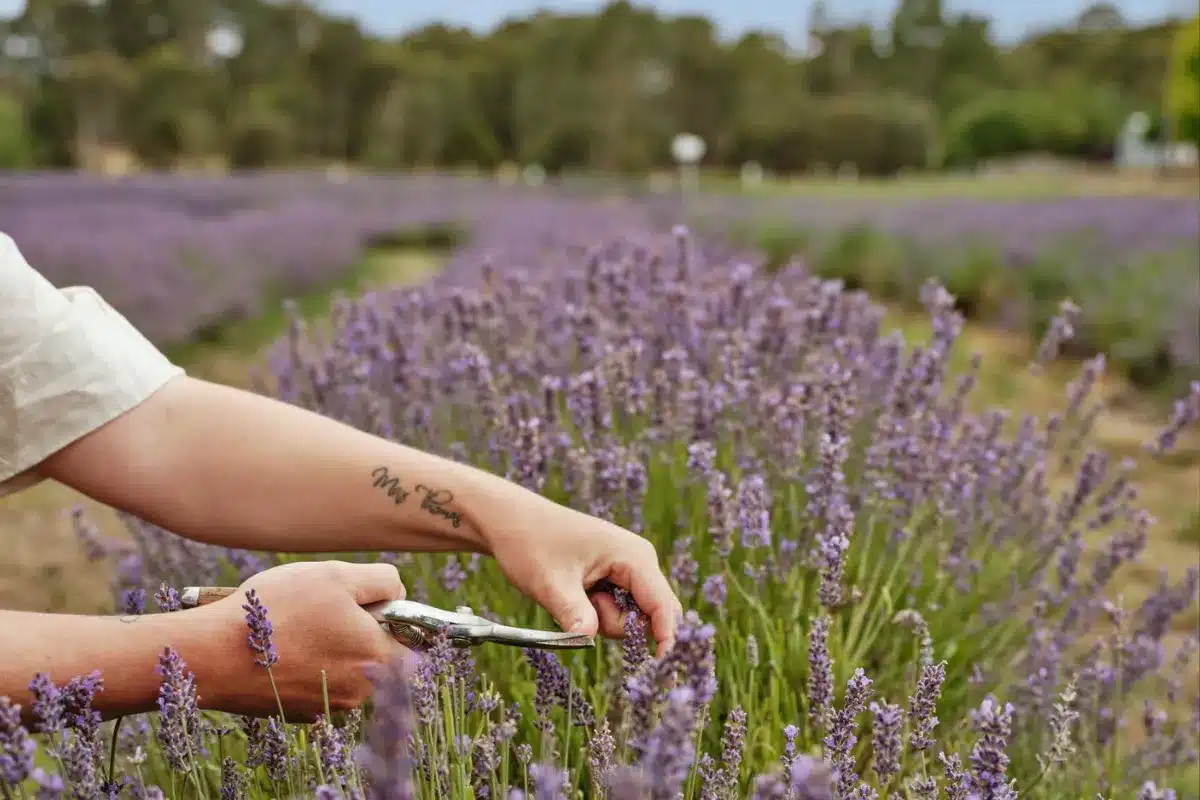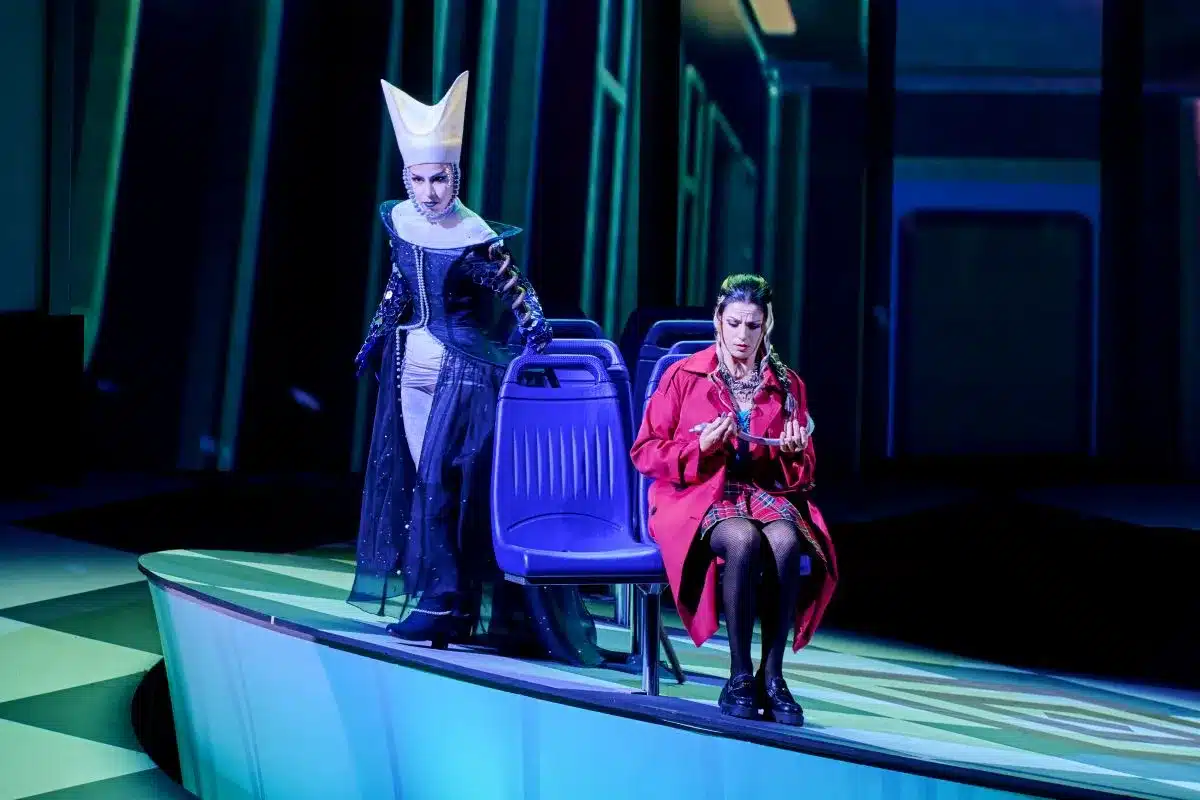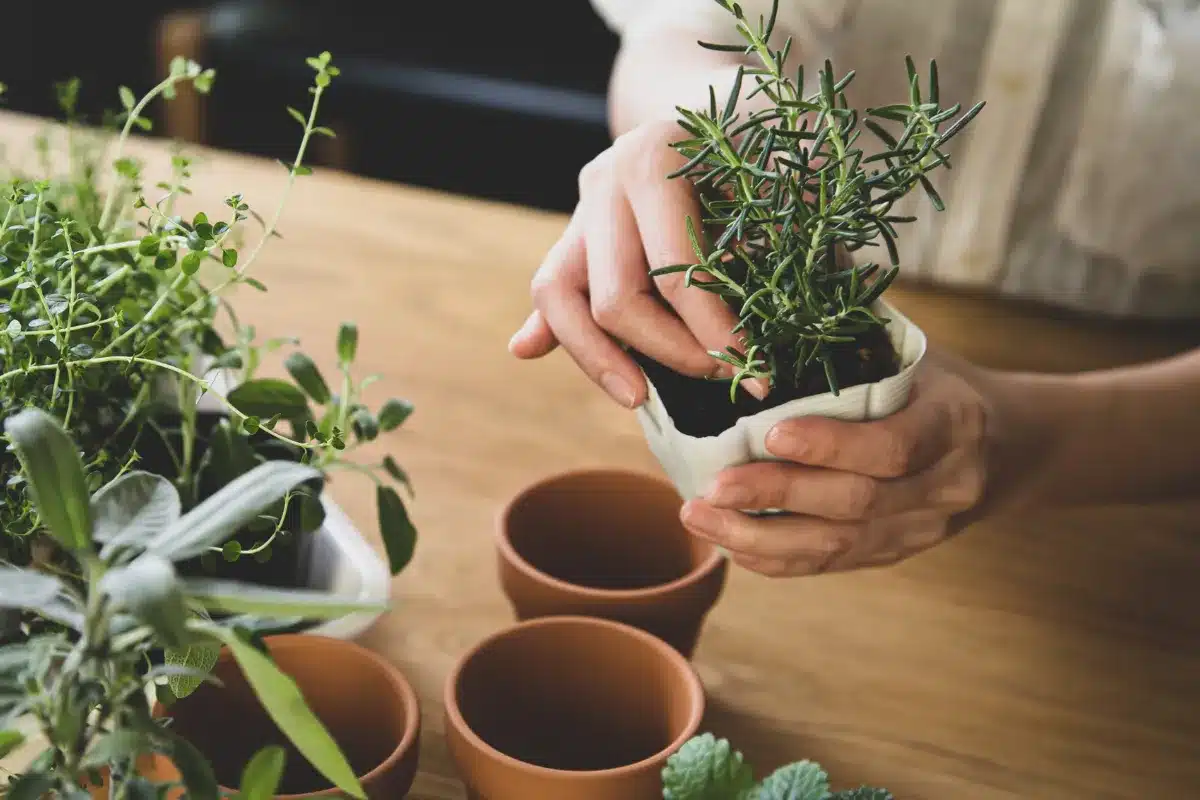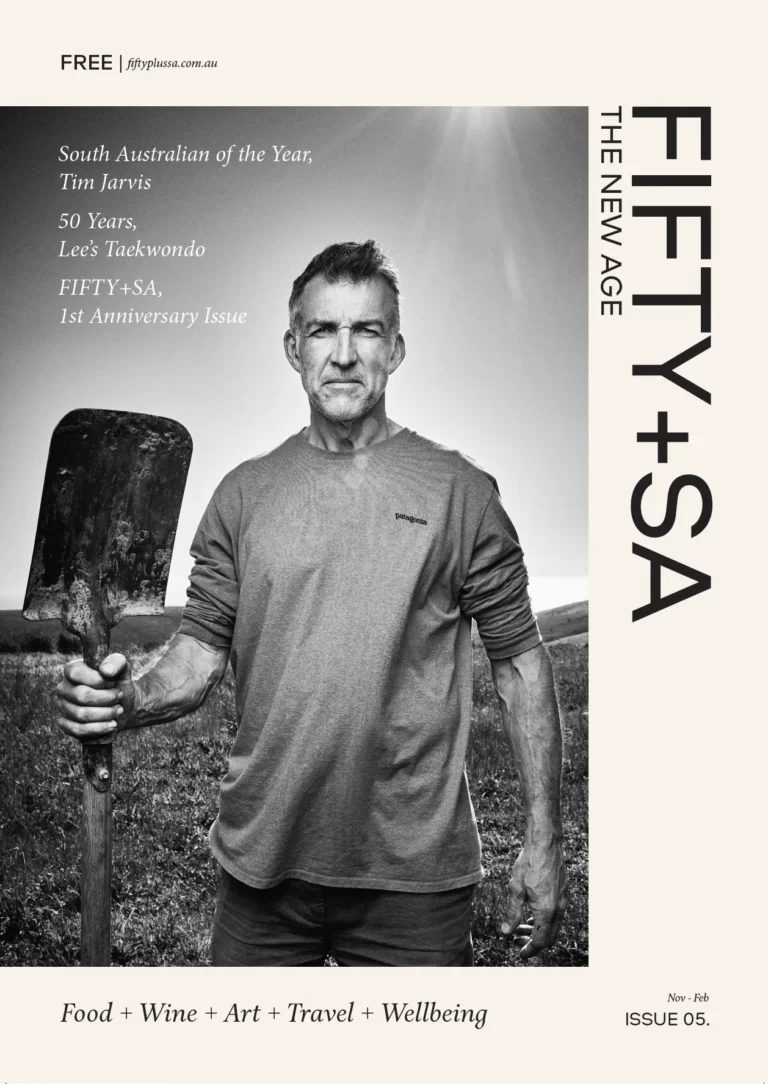The Christmas break offers a rare opportunity to reflect on the challenging year that was. Global conflicts in Gaza and Ukraine, a new COVID variant raising its head, and the repercussions of the Aboriginal voice to parliament referendum, all set against the backdrop of a world facing the twin threats of runaway ecosystem decline and climate change, with the latter manifesting in the form of record-breaking extreme weather events that auger a terrifying new ‘normal’.
In times like these it is very easy as an individual to feel overwhelmed by an issue like climate change and become paralysed into a state of inaction, given the scale of the challenge, a lack of clarity around what you should do and a feeling that your personal contribution to either the problem or solution seems infinitesimally small.
For my part, my life has been dominated by two interconnected themes that have provided me with insights into how I approach climate change – my work as an environmental scientist and communicator and my parallel world as a visitor to some of the world’s remotest places. My environmental background provides me with both the facts around climate change and the solutions we might employ to combat it, whilst my expeditions provide both visual evidence of humanity’s carbon footprint in places like Antarctica’s melting ice but also guidance on how I navigate my personal climate journey.

Science tells us that we live on the ‘Goldilocks planet’ (Venus too hot, Mars too cold), with an average temperature of 15C, and that ‘greenhouse gases’ have always been critical to life on Earth. We also know however that the levels of atmospheric carbon dioxide are now far too high (the highest in a million years), and that this is causing rapidly accelerating climate change; that 2023 will be the world’s warmest year on record, (around 1.4C above the pre-industrial average) and that Australia is in the cross-hairs as the most climate-exposed developed country in the world.
But we also know that here in Australia, 50% of the carbon dioxide emissions that cause climate change come from the energy required to generate electricity and produce goods, and that transport and agriculture make up the next 30% in roughly equal amounts. The remainder comes from waste, industrial processes and leaks to the atmosphere from industry. Put another way, the majority of society’s carbon emissions come from the stuff we buy, how we invest our money, the food we eat, how we dress, how we move and the energy we use to heat, light and cool our buildings. We as individuals all have it within our means to do something about these and by acting collectively we can make a huge difference.
And there is much we can do: Changing our domestic electricity supply to a green retailer is a mouse click, as is the decision to choose green investments in our super. Eating less red meat, reducing the footprint of the way we travel, reducing the amount of food waste by buying smaller amounts and buying local and, to quote Vivienne Westwood on clothing, “buy less, choose well and make it last”; gifting experiences rather than ‘stuff’ to people; water efficiency measures, more rainwater harvesting, energy efficient appliances and changed behaviour around the home. The list goes on.
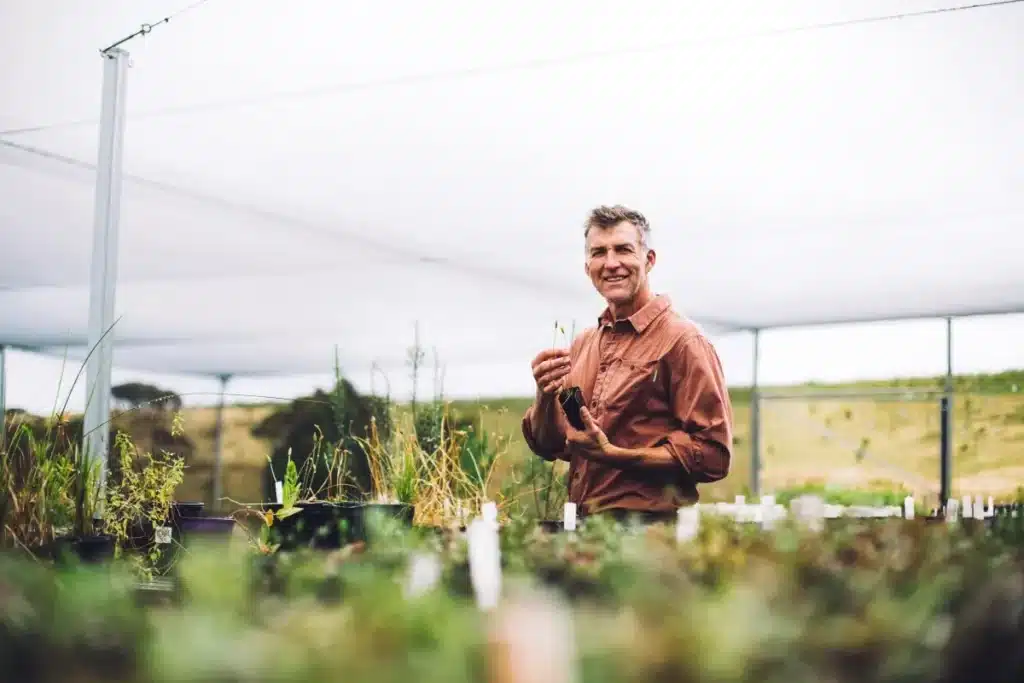
And the benefits are real. Around 10% of global greenhouse gas emissions come from food produced but wasted, representing 17.5 million tonnes of CO2 each year in Australia alone; 10% of the global carbon footprint is attributable to clothing with 40% of fast clothing items never even worn and part of the 23kg each Australians dump in landfill every year; 3% of Australia’s carbon footprint comes from pumping and cleaning water, meaning that to use less has an immediate carbon benefit. Australian Superannuation investments meanwhile total a staggering $3.5 trillion or some 250 times the purchasing power of the UN’s Green Climate Fund set up to combat climate change. All compelling reasons to act in their own right before you even look at the co-benefits like improved wellbeing and the financial upsides of living more sustainably.
And so to what polar expeditions have taught me: Break down the enormity of the challenge you set into bite-size pieces, control what you can and measure success against personal targets, never allowing the bigger challenge to overwhelm you. I believe these skills are as relevant to crossing the vastness of a polar ice cap as they are to an individual reducing their carbon footprint. And by doing so not only do we help arrest climate change but if enough of us do it we might just repay the favour by applying these hard-won lessons to save Antarctica’s ice. And there is no better time than 2024 to start doing it.
Follow Tim Jarvis:

